What is a nature-inclusive city?
A nature-inclusive city is an urban environment where humans and wildlife coexist. It is designed to welcome animals and plants by integrating habitats into buildings, streetscapes, and public spaces. Why is this important? Because cities become more resilient, healthier, and more beautiful when nature thrives alongside us.
We see their familiar faces every day – flocks swirling through the sky, small silhouettes perched on rooftops, or quiet rustles in gardens – yet we know surprisingly little about them. Who are they? Where did they come from? What is their family history? How to get along with them?
Let’s Meet the Neighbours!
House Sparrow (Passer domesticus)
Story: The sparrow is your classic friendly neighbour who always hosts the best BBQs. Originally nesting in tree holes in warm open landscapes, they moved in with us thousands of years ago, attracted by our farms, crumbs, and warm nooks. Now, they live rent-free in roof eaves, chattering all day long.
Fun fact: They are true city gossipers – males chirp constantly to defend their territory and impress females.
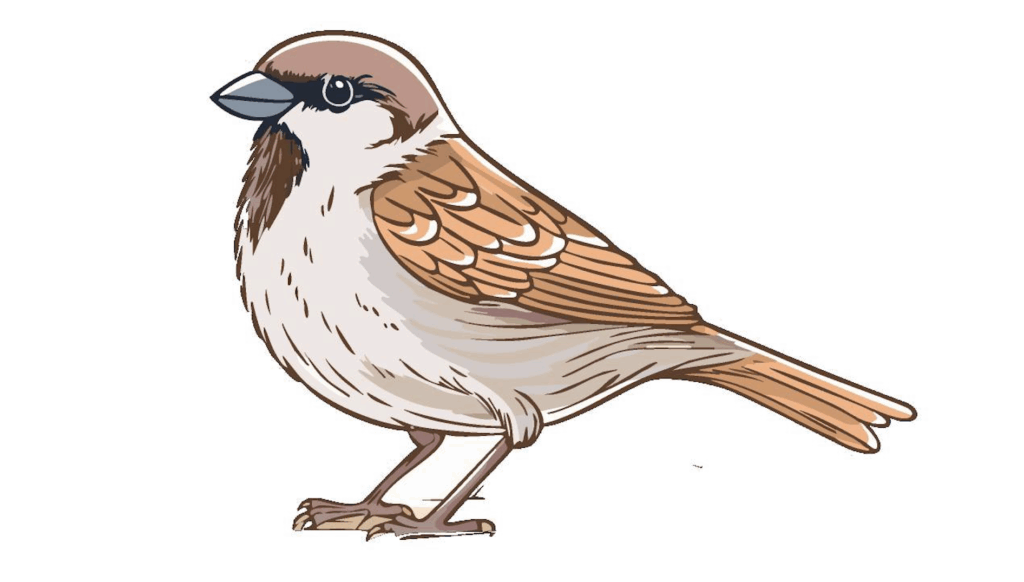
How to get along: House sparrows like living close together in colonies, just like apartment dwellers. To support them, place multiple nest boxes together, facing northeast to avoid excessive sun or rain. Planting species such as hawthorn, firethorn, and elderberry nearby will provide insects, seeds, and berries that sparrows love to feed on.
Common Swift (Apus apus)
How to get along: Integrate swift bricks high on buildings to provide them with safe nesting sites, with higher placements preferred. Additionally, maintaining wildflower-rich grasslands within 500 metres, with plants such as red clover (Trifolium pratense) and knapweed (Centaurea nigra), will help attract the aerial insects that swifts rely on for food.
Fun fact: A swift can stay airborne for up to 10 months without landing. Imagine never having to come down for a coffee break.

Story: Swifts are the digital nomads of the bird world – always on the move, rarely touching ground. They used to nest on cliffs across Europe but today, city buildings with high nesting sites mimic their natural homes. Swifts spend nearly their entire lives flying, eating, and even sleeping mid-air.
House Martin (Delichon urbicum)
Story: The cheerful house martin is the mud-architect of the city. Before urban life, they built mud nests on cliffs near rivers. Now, they nest under our roof overhangs in tidy rows like a mini terraced neighbourhood. You’ll see them flying back and forth with tiny beakfuls of mud, building their dream homes.
Fun fact: Their nests are often re-used every year by the same pair, like family summer homes.
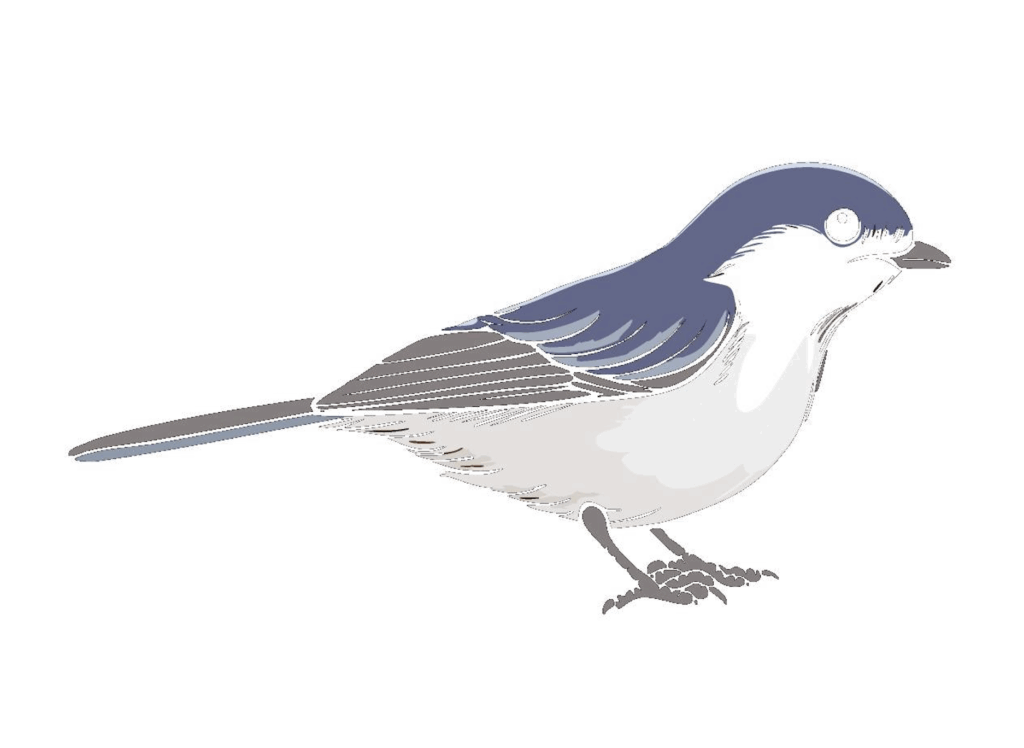
How to get along: Place artificial nests on exterior walls under an overhang, facing northeast for optimal shelter and conditions. Place at least five nests together to encourage successful breeding. Incorporate wetland plantings nearby, such as meadowsweet and marsh marigold, which attract the flying insects they depend on.
Black Redstart (Phoenicurus ochruros)
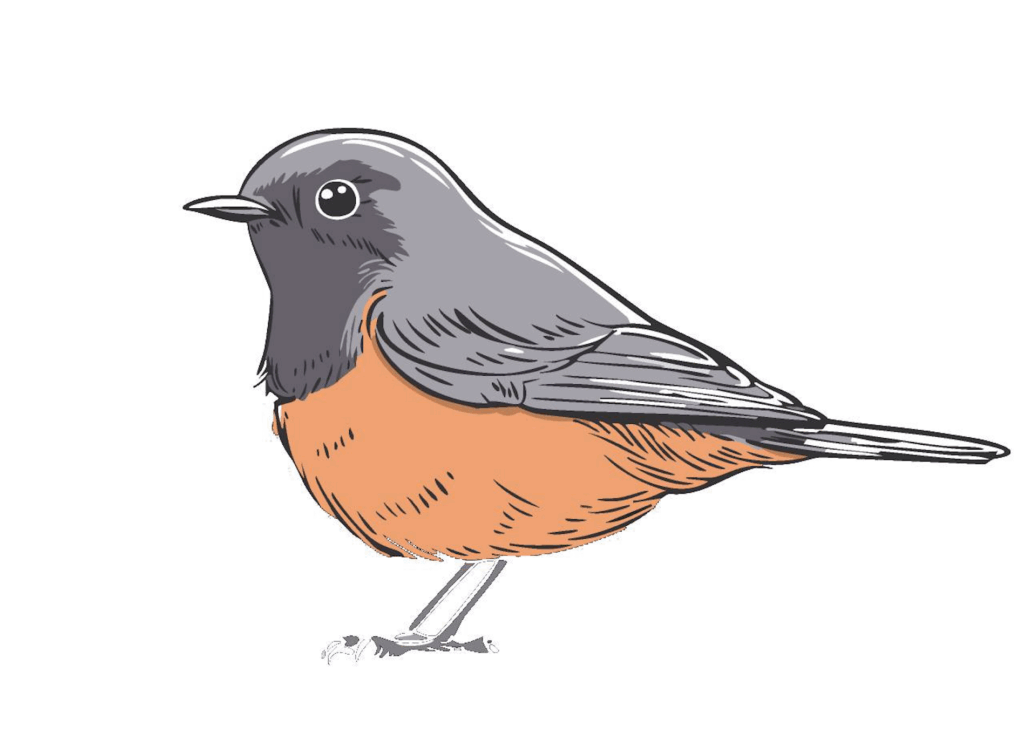
How to get along: To support black redstarts, maintain gravel roofs or rocky garden edges to mimic their natural cliff habitats. Additionally, plant sparse, sunny vegetation with gravel or stone substrates, including flowering species such as thyme and yarrow, to attract the insects they feed on.
Story: The black redstart is an urban rockstar with a raspy voice, preferring gritty industrial areas and quiet corners of the city to sing its songs. Originally cliff dwellers from mountainous areas, they now perch on flat roofs, concrete ledges, and steel beams, their tails flicking like rebellious guitarists.
Fun fact: Their call sounds like a squeaky hinge – fitting for their industrial-chic lifestyle.
Starling (Sturnus vulgaris)
Story: Starlings are the life of the party – shimmering feathers, loud chatter, and expert impersonations. Originally woodland dwellers, they now nest in building cavities and gather in large flocks to perform aerial dances called murmurations before roosting in urban trees.
Fun fact: They can mimic sounds like car alarms, ringtones, and other birds.
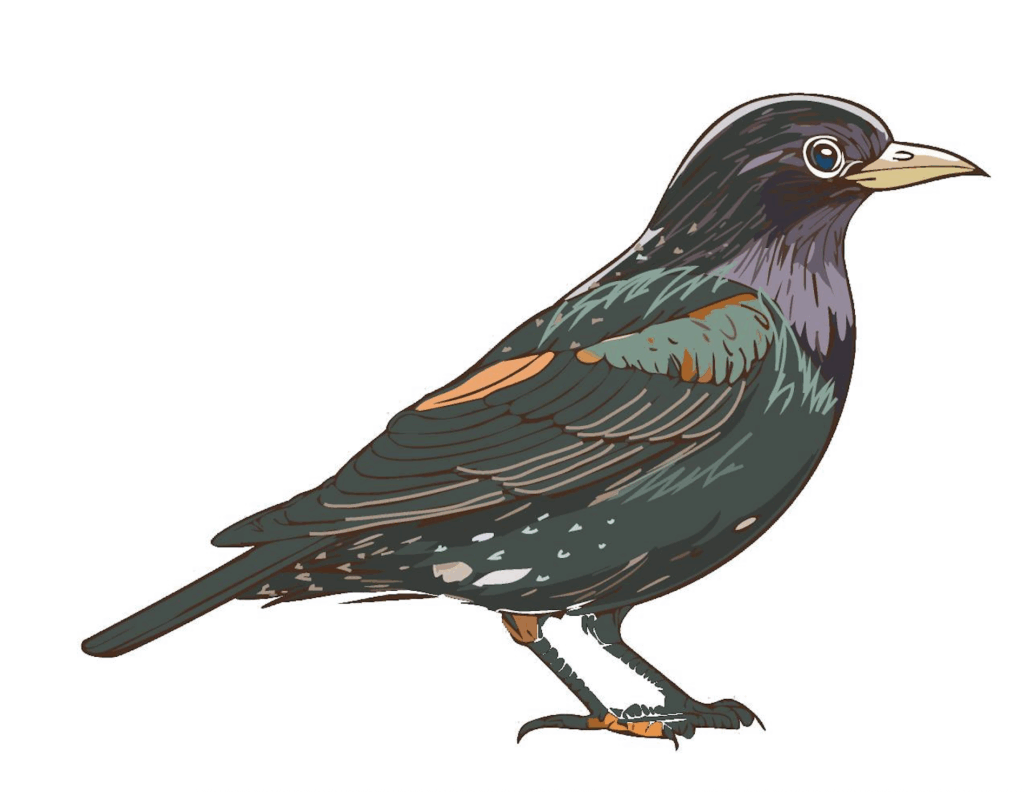
How to get along: To welcome starlings, install nest boxes in clusters of at least five boxes facing northeast to provide shelter from direct sun and rain. While starlings primarily feed on insects, planting berry-producing shrubs such as elderberry and rowan nearby will offer them an additional food source throughout the seasons.
White Wagtail (Motacilla alba)
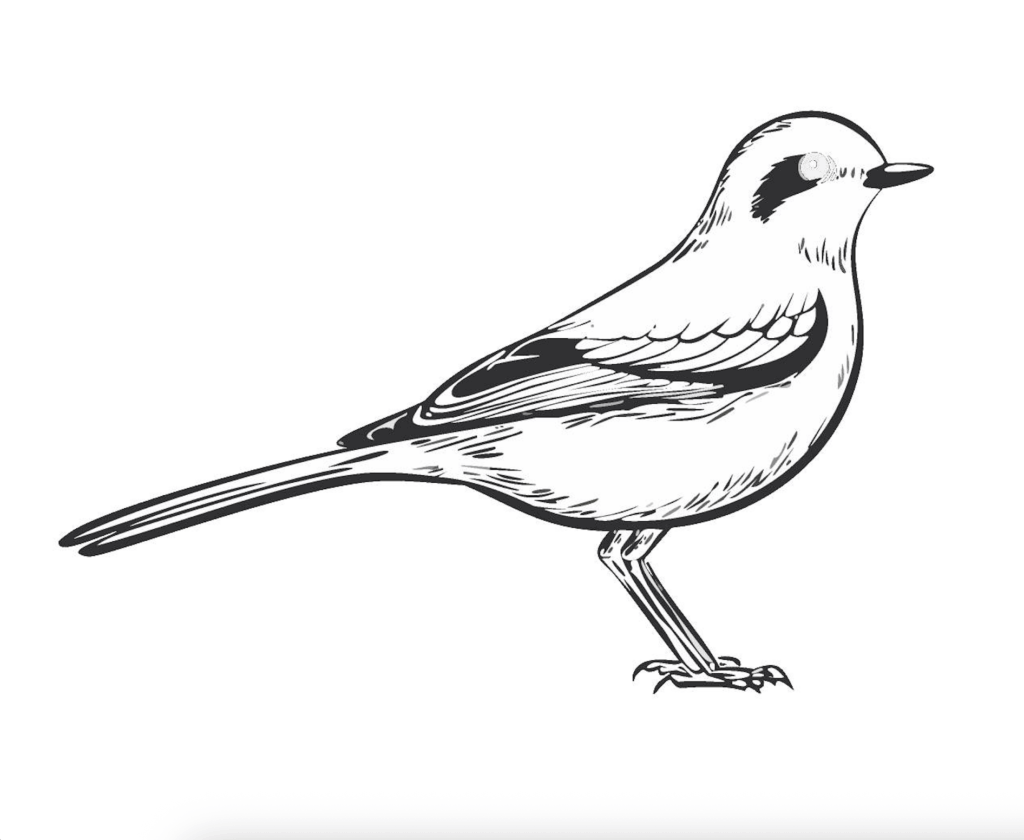
How to get along: To support white wagtails, maintain quiet corners with low vegetation or scattered stones where they can forage for insects. Additionally, create short grass areas with abundant insect life by planting species such as plantains and dandelions, which will provide them with a reliable food source.
Story: The white wagtail is the urban fitness instructor, constantly bobbing its tail as if warming up for another workout. They once lived along rivers and meadows, but have adapted to paved city squares, car parks, and flat roofs where insects gather.
Fun fact: Their tail wagging helps flush out insects from the ground.
Peregrine Falcon (Falco peregrinus)
Story: The peregrine falcon is the urban rooftop executive – fierce, elegant, and with the best penthouse view in the city. Historically nesting on high cliffs, they now thrive on tall buildings and bridges, using their aerial speed (up to 320 km/h) to hunt pigeons and starlings.
Fun fact: They are the fastest animals on earth, reaching speeds of a Formula 1 car in a dive.

How to get along: To support peregrine falcons, install nest ledges or boxes on skyscrapers, towers, or high industrial structures. Place these nest boxes at heights of at least 25 metres, with ideal placements between 80 and 120 metres to provide the high vantage points they prefer. Due to their territorial nature, install a maximum of one nest site per neighbourhood.
White Wagtail (Motacilla alba)

How to get along: To support white wagtails, maintain quiet corners with low vegetation or scattered stones where they can forage for insects. Additionally, create short grass areas with abundant insect life by planting species such as plantains and dandelions, which will provide them with a reliable food source.
Story: The white wagtail is the urban fitness instructor, constantly bobbing its tail as if warming up for another workout. They once lived along rivers and meadows, but have adapted to paved city squares, car parks, and flat roofs where insects gather.
Fun fact: Their tail wagging helps flush out insects from the ground.

Conclusion
Cities are not just human habitats – they’re ecosystems, alive with neighbours who adapt, evolve, and enrich our lives in unseen ways. Next time you hear that morning chorus or spot a shadow swooping past your window, remember: it’s your neighbour, just saying hello.
*Source: Synchroon, Nest Natuurinclusief, & Vogelbescherming Nederland. (2023). Natuurinclusief ontwikkelen.
